Advertisement
At first glance, ChatGPT might seem like just another chatbot that forgets everything the moment you close the window. But dig a little deeper, and you'll discover a game-changing feature that truly transforms the way you interact with it: Memory.
Unlike typical AI conversations where everything resets every time you start over, ChatGPT’s memory feature allows the model to remember personal details, preferences, and context from your previous chats. That means no more re-explaining what you like, who you are, or what your goals are. The AI learns you—and that unlocks a whole new level of personalization.
The memory feature in ChatGPT is like having a digital assistant who actually remembers past conversations. It keeps track of the information you’ve shared across multiple sessions—things like your name, your interests, your preferred writing style, or even what time of day you like to work out.
It’s not active by default, but once enabled, ChatGPT can save helpful context you provide organically throughout your chats. For example:
The goal isn’t just to create familiarity—it’s to make your AI experience more efficient and personalized every single time.
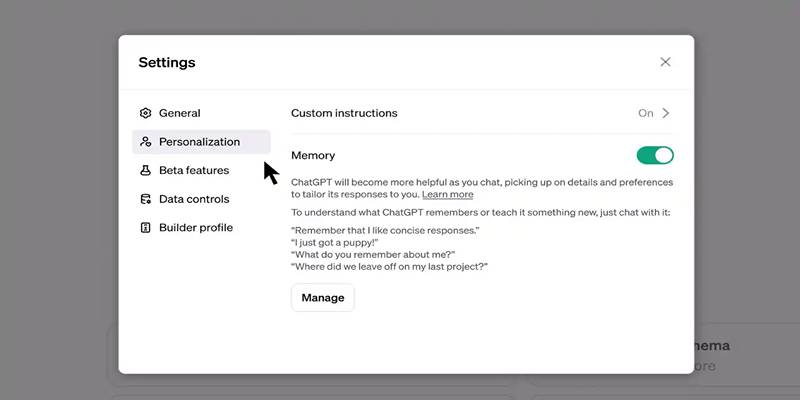
Using Memories is incredibly simple—and it's already built into ChatGPT for most users. Here's how it typically works:
One of the best parts of the memory feature is how effortless it is to use. There’s no complicated process or settings menu where you have to enter your details manually. Just talk to it naturally.
Want it to remember something? Say it plainly:
Once you say something that gets stored, ChatGPT will let you know with a small notification at the top of the screen: “Memory updated.”
This happens without disrupting your conversation flow, and it quietly builds a profile that tailors all future responses to your needs.
ChatGPT’s memory is designed with limits for both privacy and performance. It doesn’t remember every single thing you say forever. Instead, it prioritizes the most relevant details—your preferences, routines, or recurring queries.
When memory is full, you’ll need to remove older items to make room for new ones. This keeps things tidy and ensures that what it remembers is always aligned with your most current needs and context.
And since you can see what it stores and edit or delete anything at any time, it adds a layer of transparency and control that many users appreciate.
So, what’s the big deal? Why does a feature like memory matter?
Here’s what you actually get:
It’s especially useful for regular users who turn to ChatGPT for recurring tasks. Writers, marketers, fitness enthusiasts, or even students can benefit from having an assistant who knows them and adjusts output accordingly.

If you're on the fence about using ChatGPT’s memory feature, you're not alone. Some users hesitate to enable it due to concerns about privacy, accuracy, or just the idea of an AI remembering things long-term.
Here’s a breakdown of how OpenAI has addressed these concerns:
These protections make the memory feature more than just powerful—it’s responsible by design. And for many users, that’s the reassurance they need to start making the most of it.
Memories quietly transforms ChatGPT from a clever chatbot into a true digital assistant. By remembering your preferences, it saves time, avoids repetition, and delivers more useful, more human responses.
It’s ideal for busy professionals, students, creatives, or anyone looking for deeper, more contextual support from their AI assistant. The best part? You don’t need to do anything extra. Just talk naturally, and ChatGPT will learn as you go.
So, if you’re tired of re-explaining your needs every time you start a new chat, try turning on Memories. It just might be the upgrade you didn’t know you needed.
Advertisement
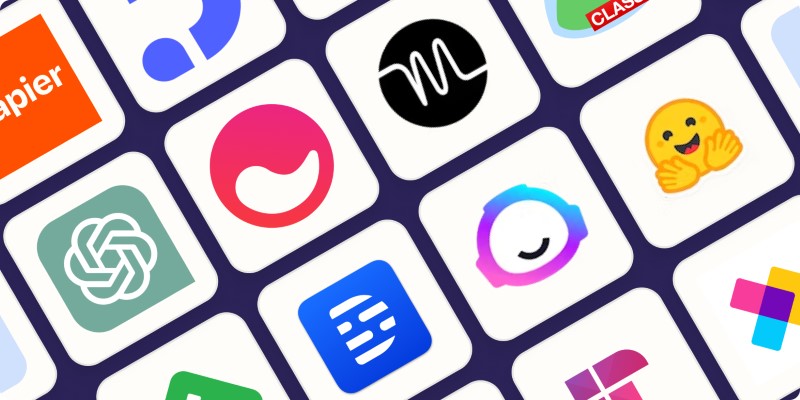
Discover the best AI search engines and tools to search the web smarter in 2025. Find what you need faster with these AI-powered web search platforms

Why the ChatGPT desktop app is better than the website in 2025. From faster performance to fewer distractions, explore features that make the desktop version more useful
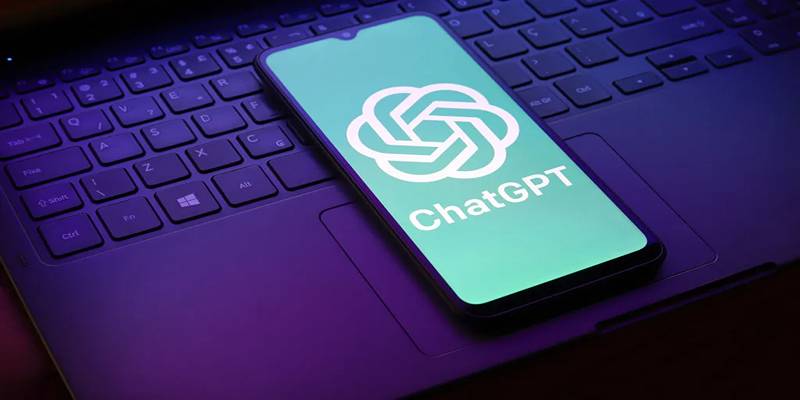
Customize ChatGPT into a Gen Z chatbot with opinions, slang, and style using OpenAI’s newest personality features.

Discover 5 hidden ChatGPT features you probably aren’t using—but should. Learn how to boost your productivity with tools like memory, custom instructions, plugins, and more
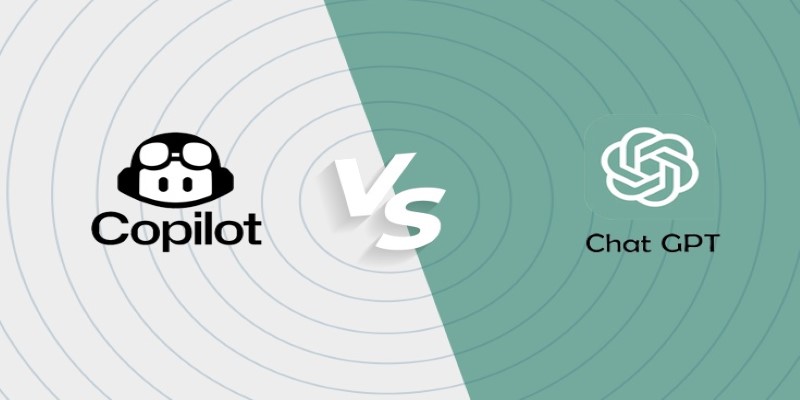
GitHub Copilot vs. ChatGPT — which one is better for programming tasks? Here's a simple breakdown of what each AI tool offers to coders, from beginners to pros

Explore how GANs are revolutionizing AI with synthetic data and transforming industries.
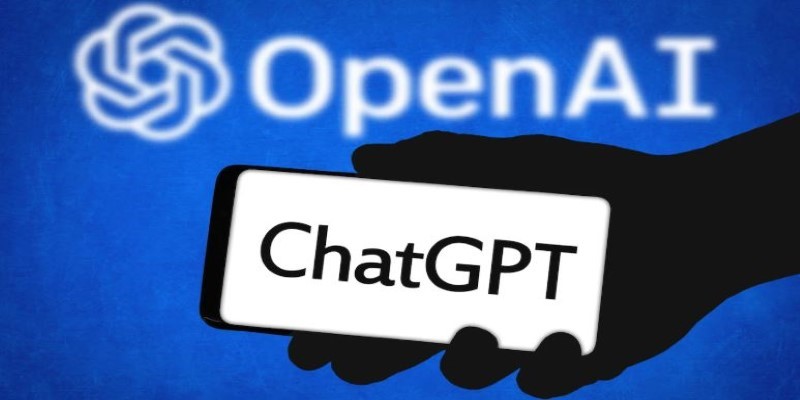
Wondering if ChatGPT plagiarizes? Learn about how ChatGPT generates text, its sources, and how you can use it responsibly without crossing into plagiarism

Curious about Claude 3? This guide breaks down what Claude 3 is, how it works, and the many ways you can use it—from writing help to coding and studying

Explore how curiosity shapes AI, fostering adaptive, intelligent, and innovative systems.

What AI slop is, why it’s flooding the internet, and how to avoid falling for low-quality AI content with these simple tips
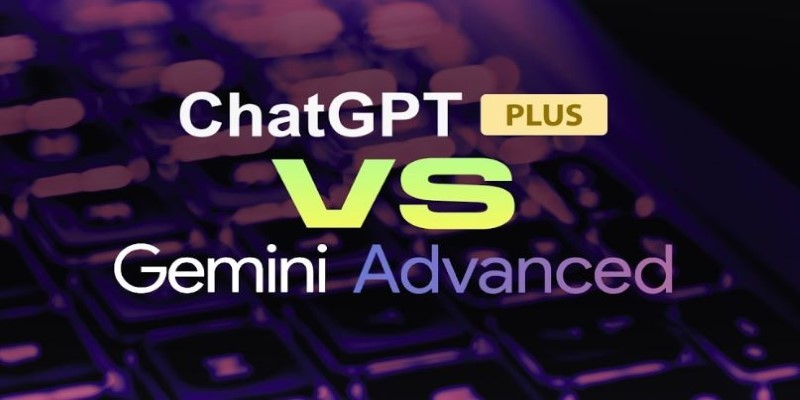
Curious about Gemini Advanced vs. ChatGPT Plus? This friendly guide compares both AI tools in writing, coding, speed, and everyday use to help you pick the right one
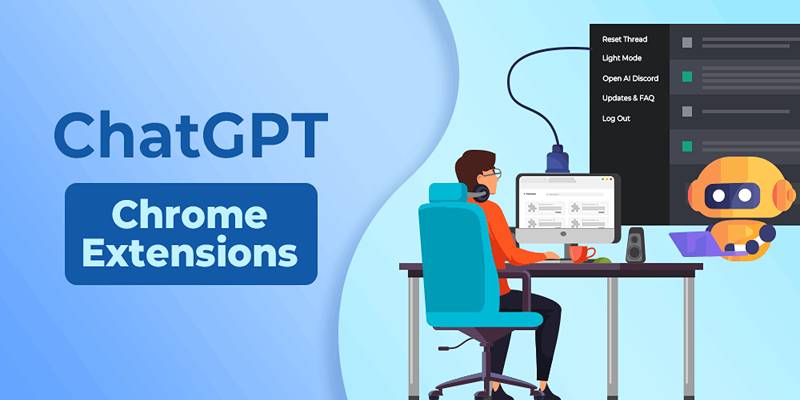
Supercharge your ChatGPT experience with these 10 Chrome extensions that improve usability, speed, and productivity.